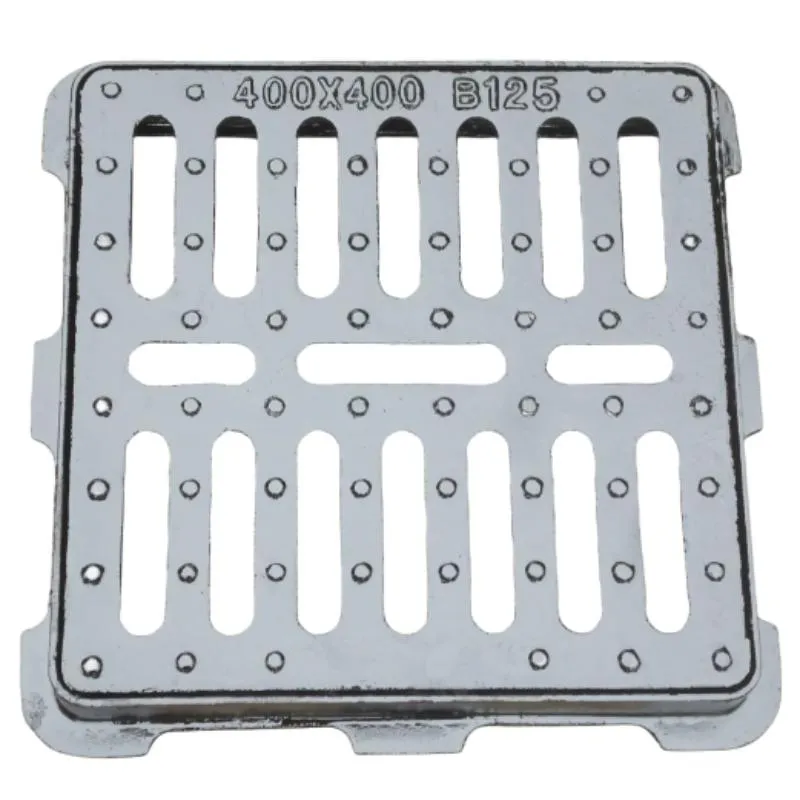Exploring Current Market Trends in Gate Valve Pricing and Availability
Understanding Gate Valve Prices Factors Affecting the Cost and Market Trends
When it comes to industrial applications, gate valves are essential components used to control the flow of liquids and gases in piping systems. Their design allows for minimal pressure drop and virtually no flow restrictions when fully open. However, one crucial aspect that industries must consider when procuring gate valves is their price. Price variations can significantly influence purchasing decisions, project budgets, and overall operational costs. This article delves into the factors affecting gate valve prices, current market trends, and considerations for buyers.
Factors Affecting Gate Valve Prices
1. Material Composition The most significant factor affecting gate valve prices is the material from which they are made. Gate valves can be constructed from various materials, including cast iron, stainless steel, brass, and bronze. Each material has its own cost implications, as well as factors like resistance to corrosion, pressure capability, and temperature tolerance. For instance, stainless steel valves, while more expensive, offer superior durability and corrosion resistance compared to their cast iron counterparts, making them ideal for harsh environments.
2. Size and Specifications The size of the gate valve directly impacts its cost. Larger valves require more materials and often more complex manufacturing processes, therefore increasing the overall price. Additionally, specific technical specifications such as pressure rating (class), end connections (flanged, threaded, or welded), and design standards (like API or ANSI) also affect prices. Custom designs to meet unique application requirements often incur higher costs.
3. Manufacturer and Brand Reputation Brand reputation plays a crucial role in pricing. Established manufacturers with a proven track record for quality and reliability typically charge a premium for their products. Conversely, lesser-known brands might offer lower prices, but this could compromise quality and longevity. It’s often worth investing in well-regarded brands that provide warranties and support.
4. Market Demand and Supply Chain Dynamics The dynamics of supply and demand significantly influence gate valve prices. During periods of high demand—such as industrial expansion, construction booms, or crises—prices tend to escalate. Conversely, during downturns or overproduction scenarios, prices may drop. The global supply chain also plays a critical role; disruptions (like those experienced during the COVID-19 pandemic) can lead to shortages, pushing prices up.
gate valve price

5. Regulatory Compliance and Standards Compliance with industry regulations and standards can also impact prices. Valves designed to meet stringent environmental and safety standards typically cost more due to the additional engineering and testing required. Buyers should be aware of necessary certifications when evaluating costs since non-compliance can lead to additional expenses in the long term.
Current Market Trends
As we move into 2024, several trends are shaping the gate valve market. First, the increasing focus on sustainability and eco-friendly practices in industries like oil and gas, water treatment, and chemical manufacturing is driving demand for valves that minimize environmental impact. Manufacturers are responding by developing valves with improved sealing technologies and materials that reduce leakage rates, albeit at a higher price point.
Secondly, the rise of automation and IoT technologies is steering the development of smart valves that facilitate remote monitoring and control. These advanced valves come with higher upfront costs but offer significant long-term savings by optimizing operational efficiency.
Conclusion
In conclusion, understanding the factors that influence gate valve prices is crucial for any organization looking to make informed purchase decisions. The interplay of material composition, size, manufacturer reputation, market dynamics, and regulatory standards all contribute to the overall cost. As trends shift toward sustainability and technological advancements, buyers must adapt to changing market conditions while remaining focused on their long-term operational goals.
When considering gate valve purchases, organizations should conduct thorough market research, compare different suppliers, and evaluate product specifications carefully. Emphasizing quality and long-term reliability over the initial purchase price can result in better overall value and improved operational efficiency in the long run. Considering these factors will lead to more informed decisions, allowing companies to secure the best products for their pipeline systems.
-
The Smarter Choice for Pedestrian AreasNewsJun.30,2025
-
The Gold Standard in Round Drain CoversNewsJun.30,2025
-
The Gold Standard in Manhole Cover SystemsNewsJun.30,2025
-
Superior Drainage Solutions with Premium Gully GratesNewsJun.30,2025
-
Superior Drainage Solutions for Global InfrastructureNewsJun.30,2025
-
Square Manhole Solutions for Modern InfrastructureNewsJun.30,2025
-
Premium Manhole Covers for Modern InfrastructureNewsJun.30,2025
